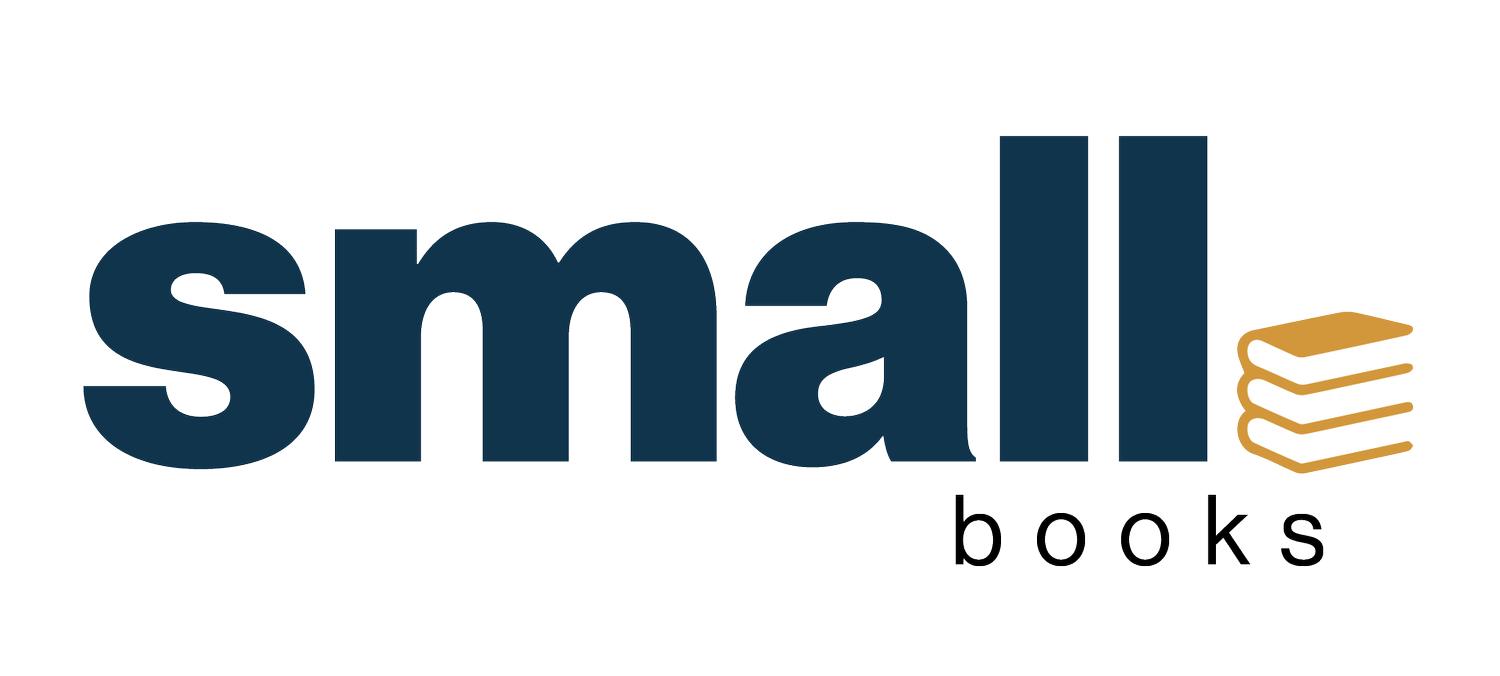Bank Reconciliations: Everything you need to know
Bank reconciliations. Even the name sounds boring. They may not be fun, but when completed on a regular basis, they protect yourself and your business from all kinds of potentially expensive issues, like overdrawing money, missing out on potential tax deductions, and becoming a victim of fraud!
In this article, we’re going to look at what a bank reconciliation is, how it works, when you need to do it, and the way it benefits you and your business.
First off, what is bank reconciliation?
When you “reconcile” your bank statement, you are comparing your bank records with your bookkeeping records for the same period. The purpose of this process is to make sure that there are no discrepancies between the “book” balance (what you have recorded in your bookkeeping records) and your bank balance (what actually cleared the bank). Because, if there is a difference between these two balances, this could indicate that there is a problem which needs to be resolved with your bookkeeping records or with your bank. If that is the case, you would then make a record of the discrepancies, so you or your accountant can be certain there’s no money that has gone “missing” from your business.
Bank reconciliations aren’t limited to just your bank accounts. Any credit cards, PayPal accounts, or other accounts with business transactions should be reconciled - so you can be sure your money is in fact where it’s supposed to be.
How does bank reconciliation work?
When you do a bank reconciliation, your goal is to find out which bank transactions are responsible for your books and your bank account being out of sync. If the two balances are matching, then your job is done and there is nothing left to do. But if there is a discrepancy, the bank reconciliation process is when you would match balances of the two accounts; and then, you record what you did to match the balances.
We’ll go over each step of the bank reconciliation process in more detail, but first—are your books up to date? They need to be in order for the bank reconciliation to work. If you’ve fallen behind on your bookkeeping, use our catch up bookkeeping guide to get back on track (or hire us to do your catch up bookkeeping for you).
Step 1: Check your two cash balances
You have two cash balances to check: the cash recorded on your bank statements and the “cash account” section of your bookkeeping records.
More specifically, you’re looking to see if the “ending balance” of these two accounts are the same over a particular period (say, for the month of February).
The balance recorded in your books (again, the cash account) and the balance in your bank account will rarely ever be exactly the same, even if you keep meticulous books.
One reason for this is that your bank may have service charges or bank fees for things like too many withdrawals or overdrafts. Or there may be a delay when transferring money from one account to another. Or you could have written a NSF check (not sufficient funds) and recorded the amount normally in your books, without realizing there wasn’t insufficient balance and the check bounced.
Two important terms to know:
Outstanding check/withdrawal. This is a check or money transfer you’ve issued and recorded on your books which is still uncleared.
Outstanding deposit/receipt. (Also called deposits in transit.) This is money that has been received by your company and recorded on the books, but which has not been processed by the bank.
There’s nothing harmful about outstanding checks/withdrawals or outstanding deposits/receipts, so long as you keep track of them.
Step 2: Recording bank reconciliations
Once you’ve figured out the reasons why your bank statement and your accounting records don’t match up, you need to record them. There are two ways to do this.
Option 1: Adjusting journal entries. Journal entries are how you record all your transactions (sometimes called debits and credits). All your journal entries are gathered in the general ledger. If you’re not using accounting software, then this is probably an Excel sheet or a handwritten document. At the end of the period for which you’re reconciling your bank statements, make a note recording why there’s a discrepancy between your bank transactions and your ledger.
Option 2: A bank reconciliation statement. This contains the same information as an adjusting journal entry, but it’s kept on file as a separate document.
The method you choose is up to personal preference and need. Consider when or why you might need to look back through your financial records for your bank reconciliation, and which method of recording will make the task easier for you based on how you keep your records.
When to do bank reconciliations?
If you do your bookkeeping yourself, you should be prepared to reconcile your bank statements at regular intervals. The more frequently you perform reconciliations, the quicker you will catch any issues - making them much easier to fix. This is especially true in the case of fraud; with most banks, you have just 60 days to dispute a transaction or else you could be stuck paying for it yourself.
If you work with a bookkeeper or online bookkeeping service like Small-Books, we handle your bank reconciliations for you. With the Small-Books monthly bookkeeping plan, your books are reconciled each and every month. This is an ideal time frame for small businesses in order to identify any issues with your banking and rectify them before we close out your books for the month.
Note: you only need to reconcile bank statements if you use the accrual method of accounting. This is to confirm that all uncleared bank transactions you recorded actually went through.
If, on the other hand, you use cash basis accounting, then you record every transaction at the same time the bank does; there should be no discrepancy between your balance sheet and your bank statement.
In huge companies with full-time accountants, there’s always someone checking to make sure every number checks out, and that the books match reality. In a small business, that responsibility usually falls to the owner (or a bookkeeper, if you hire one. If you don’t have a bookkeeper, check out Small-Books).
Top 3 reasons bank reconciliations matter
Bank reconciliations may be tedious, but the financial hygiene will pay off. Here’s why it’s a great idea to do them.
1. To detect fraud
Reconciling your bank statements won’t stop fraud, but it will alert you know that it’s happened.
For instance, you could pay a vendor by check, but they could tamper with it, making the amount withdrawn larger, and then cash it. You wouldn’t know until the bank charges your account. The discrepancy would show up when you reconcile your bank statement.
Or, you may notice a purchase you didn't make. It might show up as an unauthorized transaction on your credit card. You’d notice this as soon as you reconcile your bank statement, and ideally (if you are performing your reconciliations often enough) you would catch it in time to dispute the charge with your bank and be refunded.
Hopefully you never lose any sleep worrying about fraud—but reconciling bank statements is one way you can make sure it isn’t happening.
2. To see your business as it really is
When you look at your books, you want to know they reflect reality. If your bank account, credit card statements, and your bookkeeping don’t match up, you could end up spending money you don’t really have—or holding on to the money you could be investing in your business. This can also help you catch any bank service fees or interest income making sure your company’s cash balance is accurate.
3. To detect bank errors
It’s rare, but sometimes the bank will make a mistake. If there’s a discrepancy between your accounts and the bank’s records that you can’t explain any other way, it may be time to speak to someone at the bank.
What is Small-Books?
We're an online bookkeeping service powered by real humans. Small-Books provides you with a dedicated bookkeeper to partner with, who is a knowledgeable small business expert. We’re here to take the guesswork out of running your own business—for good. Your bookkeeper will import your bank statements, perform bank reconciliations, categorizes transactions, and prepares financial statements for you every month.
This post is to be used for informational purposes only and does not constitute legal, business, or tax advice. Each person should consult his or her own attorney, business advisor, or tax advisor with respect to matters referenced in this post. Small-Books assumes no liability for actions taken in reliance upon the information contained herein.



